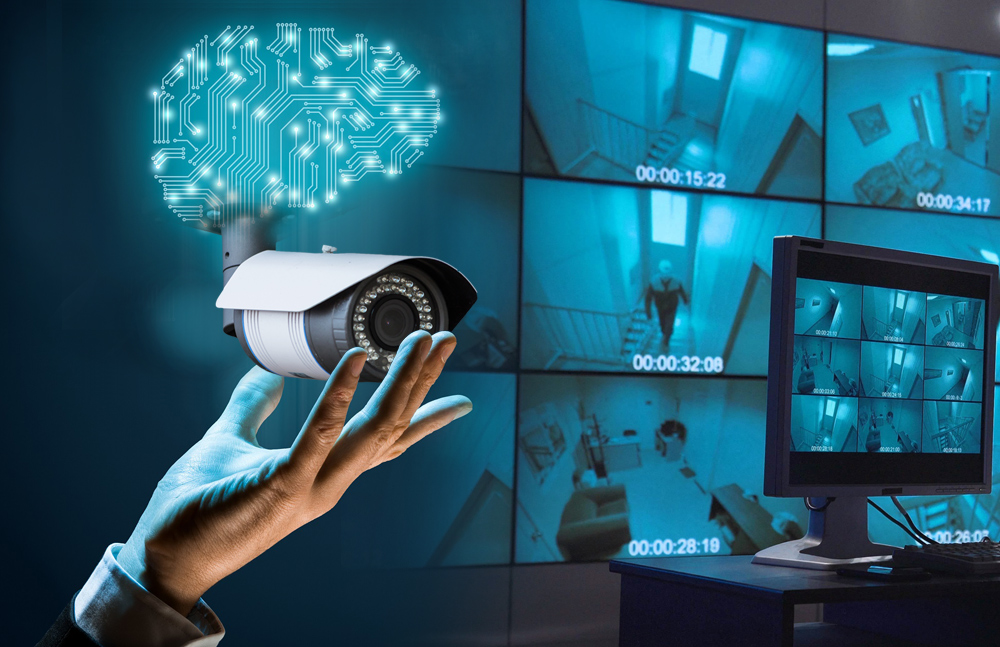Introduction
In the ever-evolving world of digital marketing, staying ahead of the competition is paramount. Search engine optimization (SEO) is the backbone of any successful online presence, and having access to the right tools can make all the difference. In this article, we’ll explore how you can gain a competitive edge by leveraging the power of top SEO group buying tools.
What are SEO group buying tools?
Before we delve into the advantages of using SEO group buying tools, let’s clarify what they are. SEO group buy tools are premium seo group tool software or subscriptions that are purchased collectively by a group of users. By pooling resources, users can access expensive and powerful SEO tools at a fraction of the cost. This arrangement allows individuals and businesses to benefit from tools that they might not be able to afford on their own.
Advantages of Using SEO Group-Buying Tools
1. Cost-Efficiency
One of the most significant advantages of opting for SEO group buying tools is cost-efficiency. SEO tools can be quite pricey, especially for small businesses and freelancers. Group buying allows you to share the expenses with others, making these tools accessible without straining your budget.
2. Access to Premium Tools
Premium SEO tools often come with advanced features that provide valuable insights into your website’s performance and competitors’ strategies. With group buying tools, you can access these premium features without the hefty price tag.
3. Stay updated.
The SEO landscape is constantly changing. To maintain your competitive edge, it’s crucial to stay updated with the latest trends and techniques. Many group buying services offer regular updates and access to the latest tools, ensuring that you’re always using the most effective strategies.
4. Diverse Toolset
SEO is a multifaceted field, and no single tool can handle all your optimization needs. With group buying tools, you can access a wide range of SEO software, from keyword research to backlink analysis and rank tracking. This diversity allows you to address various aspects of your SEO strategy.
5. Improved Efficiency
Time is of the essence in digital marketing. Group buying tools can streamline your workflow and save you precious hours. With features like automation and data analytics, you can execute tasks more efficiently, leaving you with more time to focus on strategy and content creation.

The Power of SEO Tools: Boosting Your Online Presence
In today’s digital age, having a strong online presence is crucial for businesses of all sizes. Whether you’re a small local business or a multinational corporation, the internet is where potential customers go to search for products and services. To stand out in the vast digital landscape, you need the right tools and strategies at your disposal. This is where SEO tools come into play.
Introduction
Search engine optimization (SEO) is the practice of optimizing your website to rank higher in search engine results pages (SERPs). It’s all about ensuring that your target audience can find you easily when they search for relevant keywords. While the concept of SEO may seem straightforward, its execution can be complex and time-consuming. This is where SEO tools become invaluable.
What are SEO tools?
semrush guru group buy are software solutions designed to help website owners, digital marketers, and SEO experts streamline their optimization efforts. These tools provide valuable insights, automate tasks, and track performance metrics. They make the challenging task of optimizing a website more manageable and efficient.
Types of SEO Tools
- Keyword Research Tools: These tools help you identify relevant keywords that your target audience is searching for. They provide data on search volume, competition, and keyword variations. Popular options include Ahrefs, SEMrush, and Google Keyword Planner.
- On-Page SEO Tools: On-page SEO tools analyze your website’s content and provide recommendations for optimization. They suggest improvements in meta tags, headings, and keyword placement. Yoast SEO and Moz are prominent examples.
- Backlink Analysis Tools: Backlinks are crucial for SEO. Backlink analysis tools help you monitor your backlink profile, identify toxic links, and find opportunities for building quality backlinks. Ahrefs and Majestic are widely used.
- Rank Tracking Tools: These tools allow you to monitor your website’s rankings for specific keywords. You can track your progress over time and see how your efforts impact your SERP positions. SERPstat and AccuRanker are popular choices.
- Technical SEO Tools: Technical SEO tools help you identify and fix website issues that could affect your rankings. They check for broken links, duplicate content, and other technical issues. Screaming Frog and Sitebulb are excellent for this purpose.
Why invest in SEO group buy tools?
Now that we’ve explored the types of SEO tools available, let’s delve into why investing in them is a smart move for your business.
1. Efficiency and Time Savings
SEO is a continuous process that requires constant monitoring and adjustments. Doing everything manually can be incredibly time-consuming. SEO tools automate many tasks, such as keyword research, rank tracking, and technical audits. This automation saves you valuable time that can be better spent on other aspects of your business.
2. Data-Driven Decision Making
Successful SEO strategies are based on data and insights. SEO tools provide you with a wealth of data about your website’s performance, your competitors, and the effectiveness of your optimization efforts. Armed with this information, you can make informed decisions to improve your rankings and organic traffic.
3. Competitive Edge
The online marketplace is highly competitive, regardless of your industry. SEO tools help you stay ahead of the competition by providing insights into their strategies. You can identify their top-performing keywords, backlink sources, and content tactics. This competitive intelligence allows you to refine your own strategies and outperform your rivals.
4. Improved User Experience
SEO isn’t just about search engines; it’s also about providing a better user experience. Many SEO tools offer insights into your website’s usability, page load times, and mobile friendliness. By addressing these factors, you can enhance the overall user experience, which can lead to higher rankings and more satisfied visitors.
5. Cost-Effective Marketing
Compared to traditional advertising methods, SEO is a cost-effective way to reach your target audience. SEO tools help you make the most of your marketing budget by ensuring that you’re targeting the right keywords and optimizing your content for maximum visibility.
Frequently Asked Questions (FAQs)
Q1: Are group buy tools legal?
A1: Yes, group buying tools are legal. However, it’s essential to use them responsibly and comply with the terms of service of each tool provider.
Q2: Are group buying tools as effective as individual subscriptions?
A2: Group buy tools provide access to the same premium features but may have some limitations in terms of customer support and updates.
Q3: How can I find a reliable group buying service?
A3: To find a reliable group buying service, research and read reviews from other users. Look for services with a good reputation and transparent pricing.
Q4: Can I share my group buy access with others?
A4: Sharing group buy access is usually against the terms of service of most providers. It’s advisable to use these tools only for personal or business use.
Q5: What are some popular group buying tools?
A5: Popular group buying tools include Ahrefs, SEMrush, Moz, and many others. The availability of specific tools may vary among group buy providers.
Conclusion
In the competitive landscape of online marketing, having the right tools at your disposal can be a game-changer. SEO group buying tools offer a cost-effective way to access premium software and stay ahead of your competitors. By harnessing the power of these tools, you can enhance your SEO strategy, improve efficiency, and achieve better results in your digital marketing efforts.




